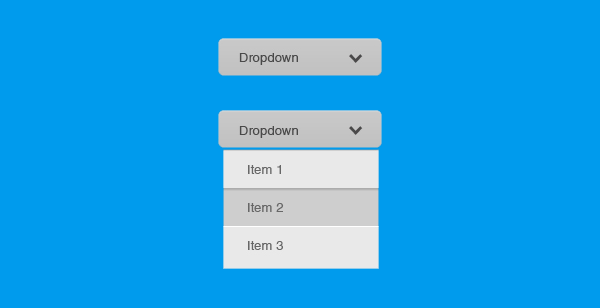
Introduction:
Navigating Assessments: Choosing the Right Answers from Dropdown Menus, In the realm of education and online assessments, the ubiquitous dropdown menu plays a pivotal role in evaluating a learner’s understanding of a subject. The phrase “select the correct answer from each dropdown menu” has become synonymous with various forms of quizzes, exams, and interactive learning platforms. This article aims to delve into the significance of dropdown menus in assessments, explore the challenges they present, and provide insights into effective strategies for navigating them to ensure accurate and meaningful learning outcomes.
The Evolution of Assessments:
Assessment methodologies have evolved over the years, transitioning from traditional paper-and-pencil tests to digital platforms that offer a more interactive and dynamic learning experience. Dropdown menus have become an integral part of this evolution, providing a structured way for learners to choose from a set of options.

The Role of Dropdown Menus in Assessments:
Dropdown menus serve multiple purposes in assessments, including multiple-choice questions, matching exercises, and more. They allow educators to assess a learner’s knowledge on a specific topic by presenting a curated set of choices. This not only tests the factual recall of information but also evaluates the learner’s ability to analyze and apply knowledge in a given context.
Challenges Associated with Dropdown Menus:
While dropdown menus are a valuable tool in assessments, they come with their set of challenges. One major concern is the potential for guessing, as learners may select answers without a deep understanding of the material. Additionally, issues such as accidental clicks, user interface discrepancies, and technical glitches can affect the accuracy of results.

Strategies for Effective Navigation:
To overcome the challenges associated with dropdown menus, both educators and learners need to adopt strategies that promote effective navigation and accurate assessments.
- Understanding the Context:
- Educators must ensure that dropdown menu questions align with the learning objectives and provide a meaningful representation of the learner’s comprehension.
- Encouraging Critical Thinking:
- Designing questions that require more than mere recall encourages critical thinking. This can help mitigate the risk of guessing and promote a deeper understanding of the subject matter.
- Randomization of Answer Choices:
- To prevent patterns that could aid guessing, randomizing the order of answer choices in dropdown menus can enhance the reliability of assessments.
- User-Friendly Interface:
- Developers of assessment platforms should focus on creating user-friendly interfaces that minimize the likelihood of accidental clicks or technical glitches, ensuring a seamless testing experience.
- Feedback Mechanisms:
- Providing instant feedback on dropdown menu selections can aid the learning process. Learners can understand their mistakes and reinforce correct answers, fostering a more effective learning environment.
Conclusion:
In the world of education, the phrase “select the correct answer from each dropdown menu” symbolizes the intersection of technology and assessment. As educators continue to leverage digital tools for learning, understanding the challenges associated with dropdown menus is crucial. By implementing effective strategies, both educators and learners can navigate these assessments with confidence, ensuring that the process contributes meaningfully to the educational journey. Ultimately, the goal is to create an environment where assessments not only measure knowledge but also promote a deeper understanding of the subject matter.




























































